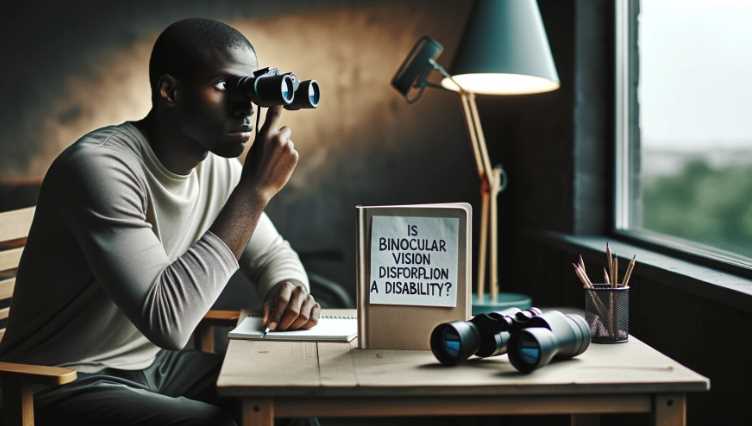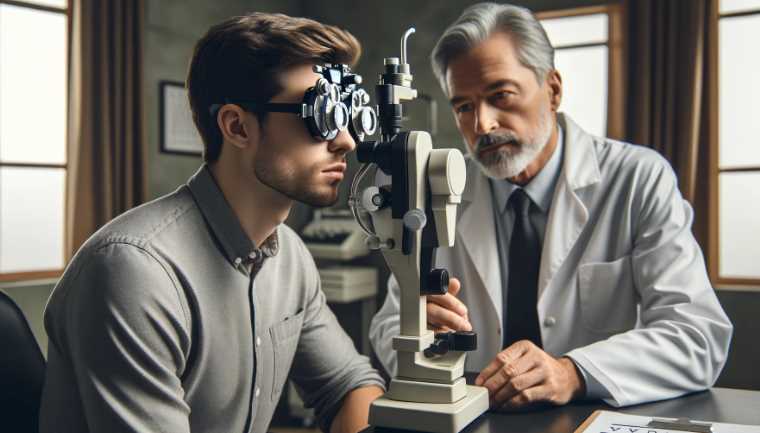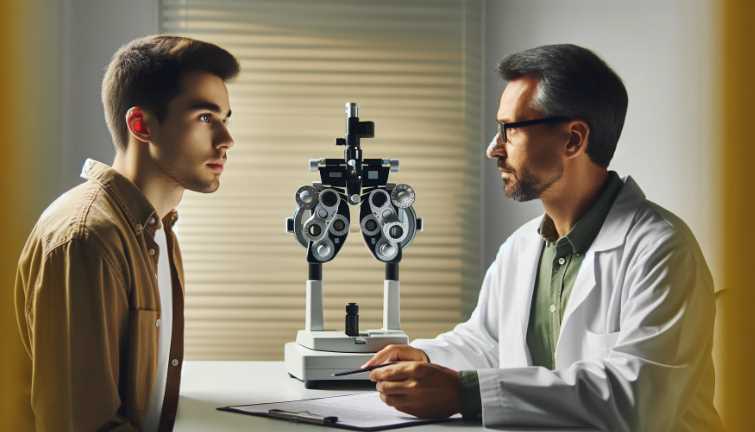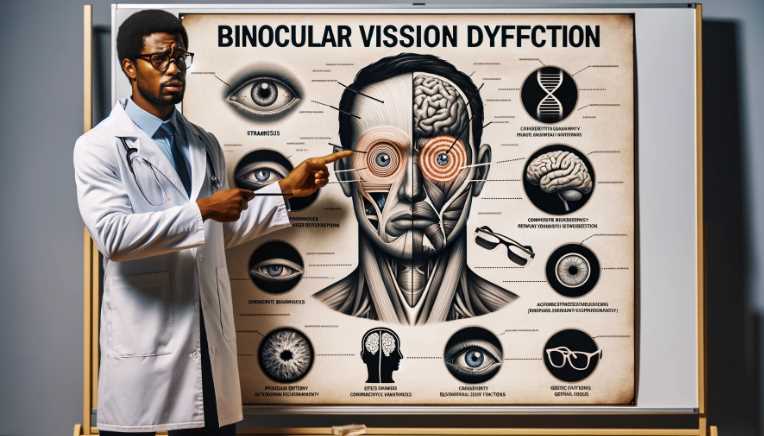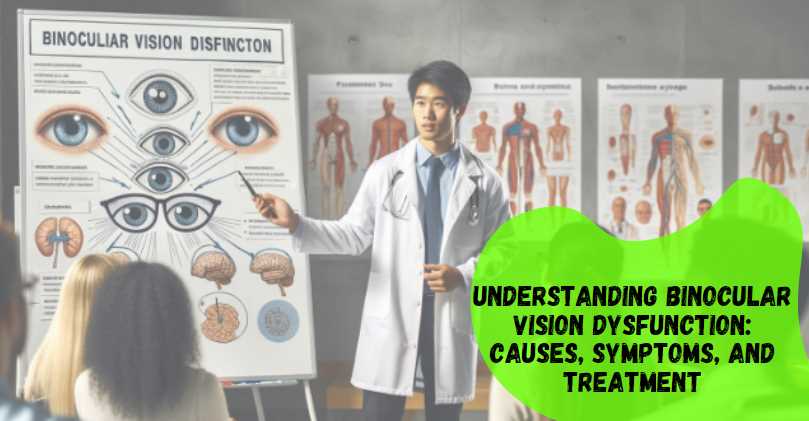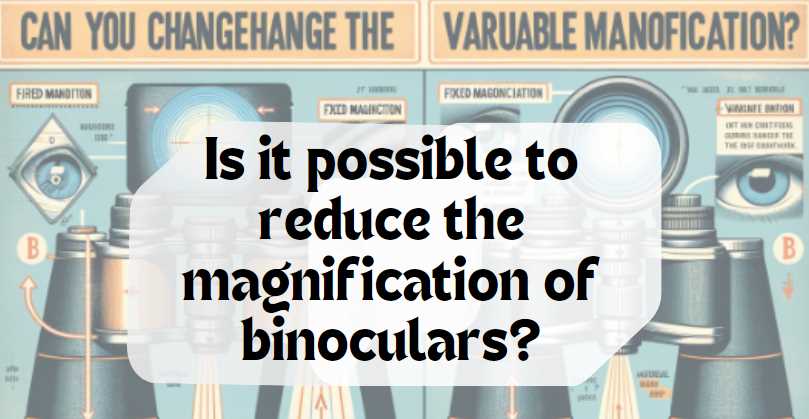Binocular Vision Dysfunction: Is it a Disability?
Yes, binocular vision dysfunction can be considered a disability. Binocular vision dysfunction (BVD) refers to a condition where the eyes are unable to work together properly, leading to issues with depth perception, eye coordination, and overall visual processing. While not all cases of BVD are severe, in some instances, it can significantly impact a person’s […]
Binocular Vision Dysfunction: Is it a Disability? Read More »
